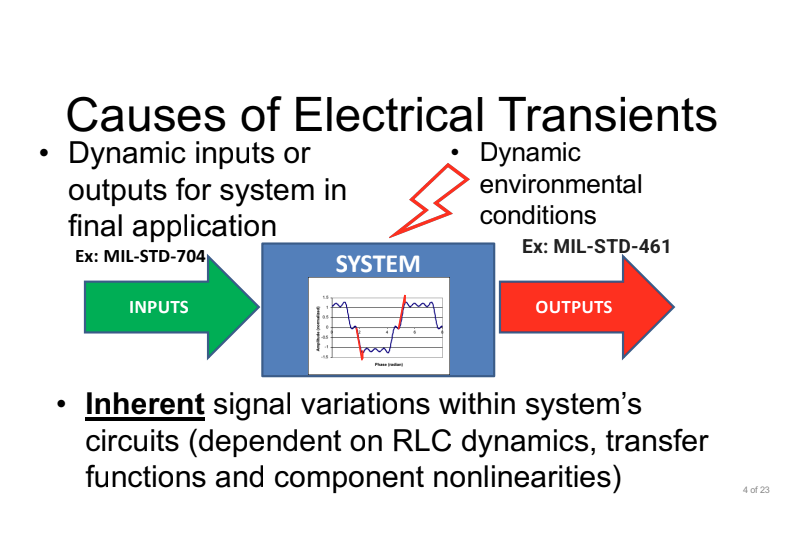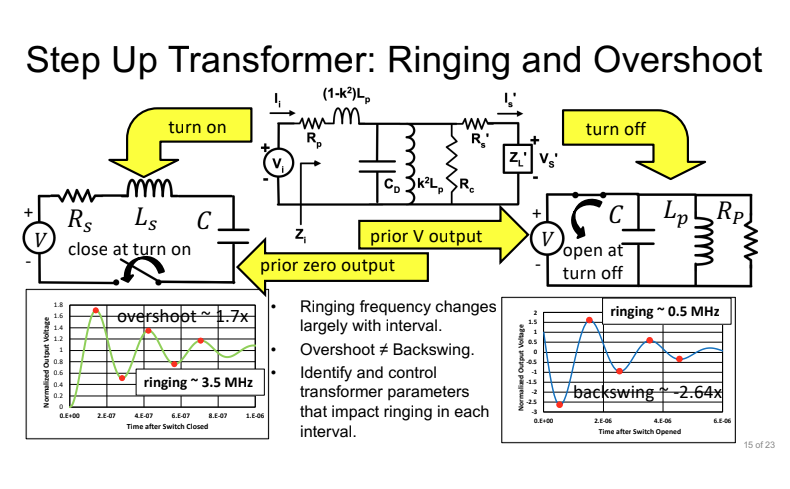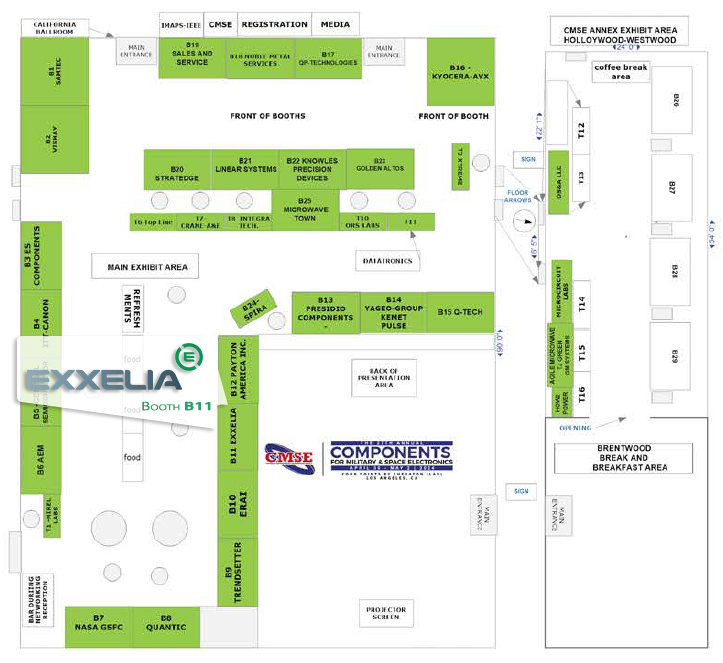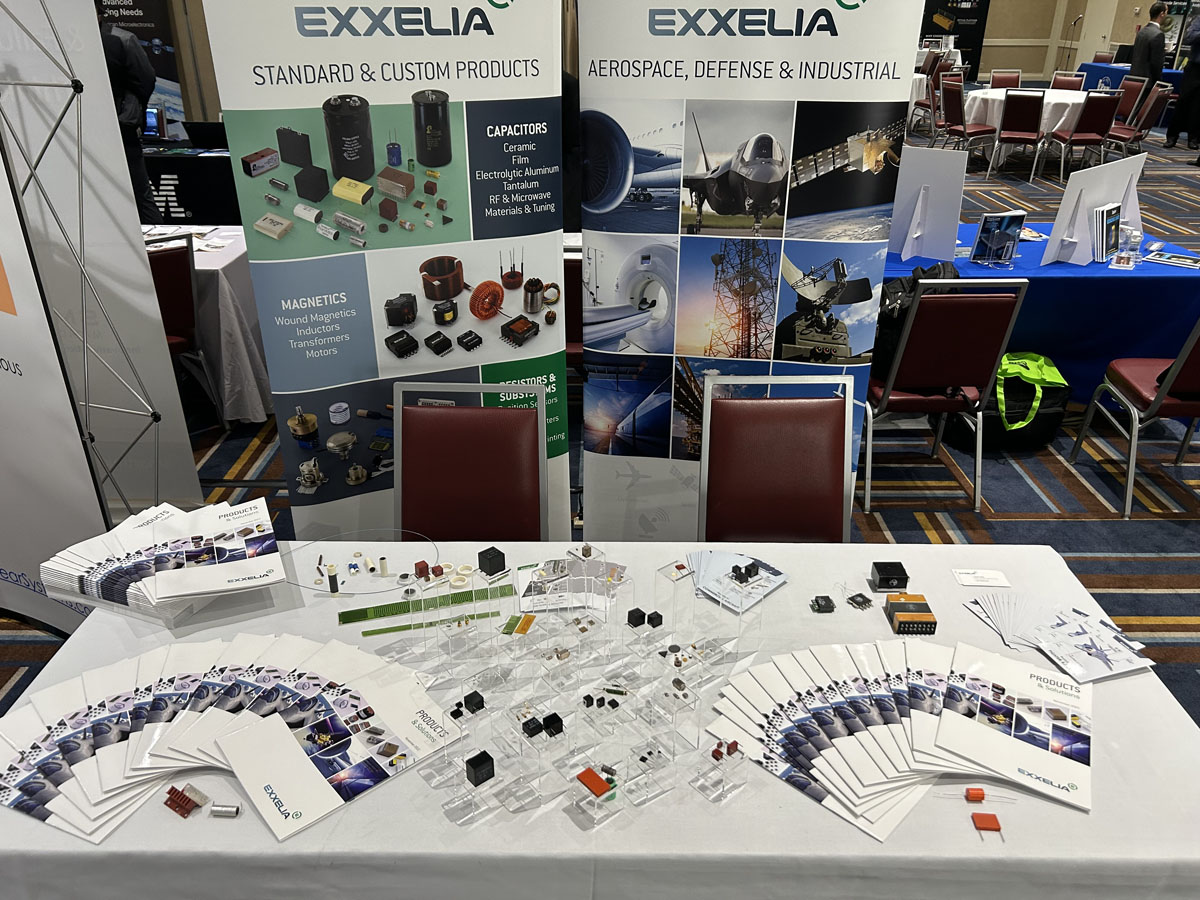Countering Threats from Transients in Magnetics ; Exxelia to Showcase Innovations at CMSE 2024
Exxelia is pleased to exhibit at CMSE 2024 in Four Points by Sheraton hotel, in Los Angeles, from April 30 to May 2, 2024. Visit our booth B11
 The event will feature a compelling presentation by Exxelia's own Victor Quinn* on the topic of magnetics.
The event will feature a compelling presentation by Exxelia's own Victor Quinn* on the topic of magnetics.
 Victor Quinn, a renowned expert in magnetics, will be taking the stage at the CMSE (Component, Materials, and Systems Engineering) conference in Los Angeles to deliver a compelling presentation titled "Countering Threats from Transients in Magnetics." This presentation aims to shed light on the potential risks posed by transient conditions on magnetic components and provide valuable insights into mitigating these risks throughout the product lifecycle.
Victor Quinn, a renowned expert in magnetics, will be taking the stage at the CMSE (Component, Materials, and Systems Engineering) conference in Los Angeles to deliver a compelling presentation titled "Countering Threats from Transients in Magnetics." This presentation aims to shed light on the potential risks posed by transient conditions on magnetic components and provide valuable insights into mitigating these risks throughout the product lifecycle.
About the Session:
Victor Quinn's presentation will delve into the nuances of transient-induced failures in magnetic components, offering attendees a comprehensive understanding of the underlying mechanisms at play. By exploring real-world case studies and practical examples, Quinn will highlight the diverse range of transient threats that engineers may encounter in their designs.
The insights shared in Victor Quinn's presentation are expected to resonate with a wide audience, including component engineers, design engineers, project managers, and other magnetics sourcing authorities.
Why Attend:
Transient conditions may cause unexpected responses from magnetic components.
These responses may threaten system functions and reliability. Presentation content will help attendees understand potential threats from transients in magnetic components and learn related risk mitigation strategies starting at initial specification phase through qualified production.
The presentation content is expected to benefit component engineers, design engineers, project managers and other magnetics sourcing authorities interested in preventing failures from transient conditions. Exxelia invites all attendees to join this insightful session to explore the fascinating world of magnetics.


Be sure to mark your calendars for Wednesday, May 1st, 2024, at 16:15 PM, and don't miss the chance to be part of this engaging presentation.
Event Details:
The conference will be held in the main conference room, and attendees will also have the opportunity to ask Mr. Quinn questions at the end of his presentation. We hope to see you there.
Title: Countering Threats from Transients in Magnetics
Date: Wednesday, May 1st, 2024
Time: 16:15 AM – 16:40 AM PT
We also invite you to chat with our teams at our booth B11


* About Victor W. QUINN
 Title: Director of Engineering and Technology
Title: Director of Engineering and Technology- Affiliation: Exxelia USA
- Biography of Presenter:
Victor W. Quinn manages Exxelia’s US Magnetics Design Center with responsibilities for research and technology implementation on new products. With degrees in Physics and Electrical Engineering, since 1980 Mr. Quinn has specialized in magnetic component design and development for a wide variety of industrial, aerospace, space and defense applications. He holds a longstanding interest in advancing magnetic components using improved design and empirical test methods and developing novel technologies that increase volumetric efficiency. Mr. Quinn has been granted multiple patents and others pending related to these efforts.
